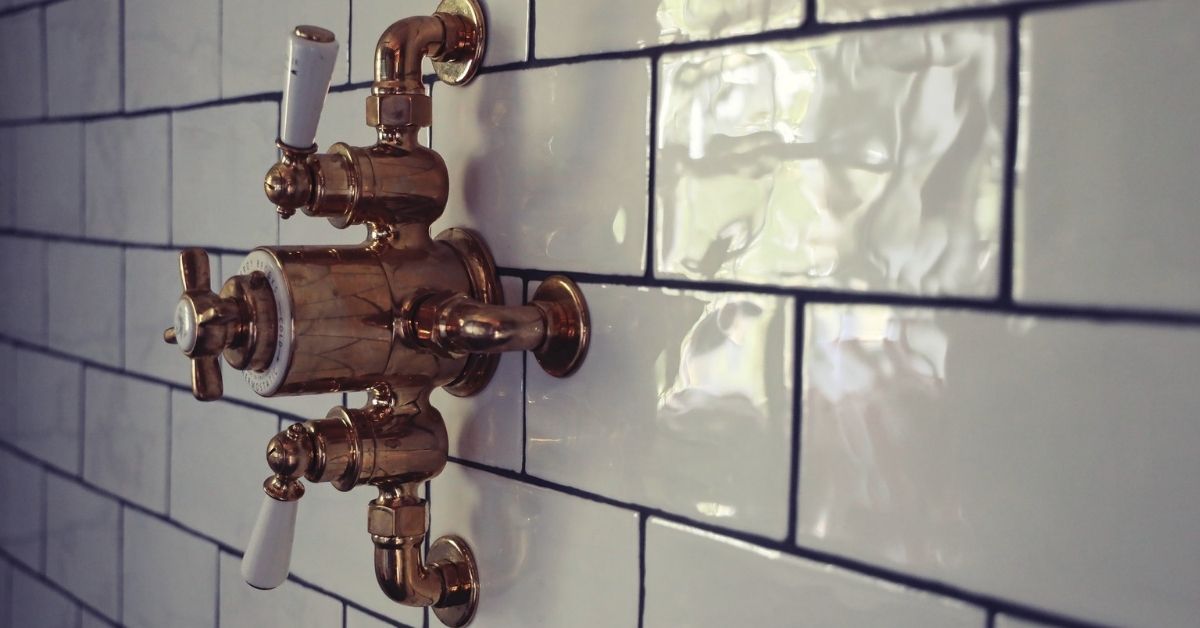Share

Your home’s drainage system is the backbone of your plumbing. It connects all of your pipes together and ensures that water can move through them properly. If this system becomes clogged or damaged, you could end up with serious problems.
What Is First Fix Plumbing
In our previous post, you learned what a breacher in plumbing is, now we will talk about first fix plumbing.
First fix plumbing is a method of installation where the plumbing components are installed before other building elements. That means that all pipes and fixtures should be in place, allowing for full functionality right from the start.
First fix plumbing is often used when the plumbing layout is complex or when the room in question has a high level of traffic; it’s also useful for tight spaces.
The first fix allows plumbers to get water and other utilities up and run quickly, allowing work on electrical systems, insulation, flooring etc., to be carried out with ease.
Many homeowners choose this method because they want their new home finished as soon as possible. Others prefer to have peace of mind knowing that everything will be ready before major construction begins.
If you are building an extension or converting part of your existing property into living space then first fix might well be required by your local authority, so check before starting!
Differences Between First and Second Fix
There are two main types of plumbing: first fix and second fix. The first fix is the method described above, which allows for a fast turnaround time between early installation and other elements such as flooring or insulation being fitted to your property.
It should be noted that it is not usually possible to switch from one type of fitting to another once work has begun, so you should consider carefully exactly what sort of plumbing system you want before getting started with construction projects in your home.
The second fix takes place once an entire building project has been completed; this means that all electrical works have been finished (and inspected), plasterboard walls erected, etc. Only then can plumbers return to finish off any remaining tasks like connecting sinks and toilets up correctly, so you should bear this in mind if your project is likely to overrun.
How Do We Do It?
First fix plumbing is a complex process that can be difficult to explain; we’ll do our best to give you an idea of what your local plumber will likely need to do. Depending on the type of property and location, there are many different elements involved in the first fix:
- Draining down all waste pipes so they can be connected up correctly during installation.
- Connecting drainage from roof gutters or land drains, if necessary, might include digging trenches etc., depending on your setup at home.
- Installing a new water tank for increased capacity (and pressure) as well as mains-fed water supply, with any excess pipework being buried out of sight
- Pipework for hot and cold water will need to be installed, and pipework for central heating systems, etc.
As you can see, this is not a simple process! If you consider getting first fixed plumbing in your home or property, then it’s worth bearing all of the above points. Otherwise, you might find yourself with additional costs later down the line. Also, you can check out our post on how to use a plumber’s level if you want to get the most accurate results for your construction projects.



0 Comments